
cd_nom
117860
Robinier faux-acacia, Acacia blanc, Robinier, Robinier faux acacia (Français)
Robinia pseudoacacia L., 1753
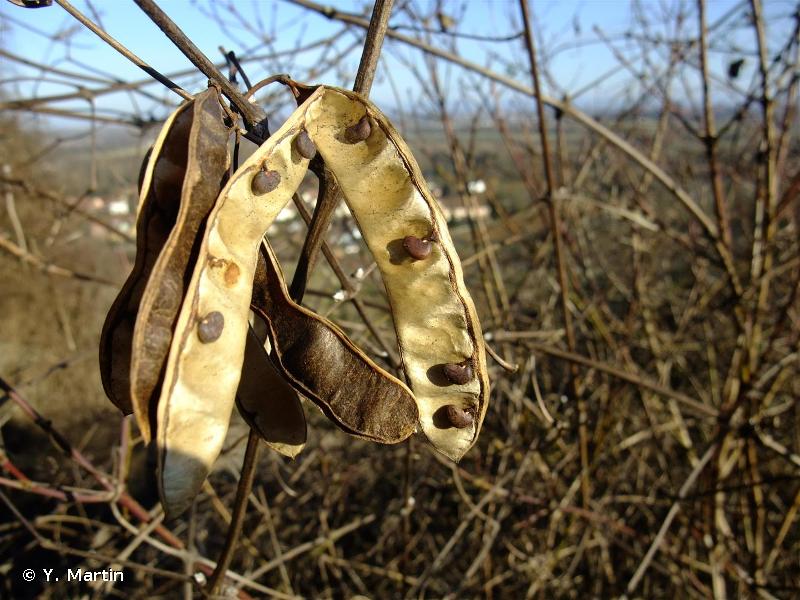
| Auteur : Y. Martin |
 |
Pour se procurer la photo originale ou demander une autorisation d'utilisation, consulter :
Yoan MARTIN
email : martin.yoan95@gmail.com
Malgré la licence Creative Commons, n'hésitez pas à informer l'auteur de l'utilisation qui sera faite de sa photo
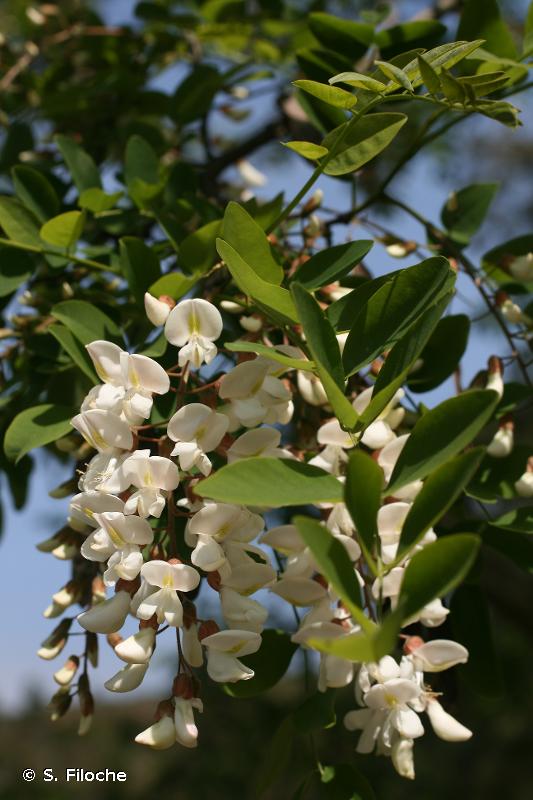
| Auteur : S. Filoche |
 |
Pour se procurer la photo originale ou demander une autorisation d'utilisation, consulter :
Sébastien Filoche,
CBNBP/MNHN
61, rue Buffon - 75005 Paris
email : inpn@mnhn.fr
Malgré la licence Creative Commons, n'hésitez pas à informer l'auteur de l'utilisation qui sera faite de sa photo
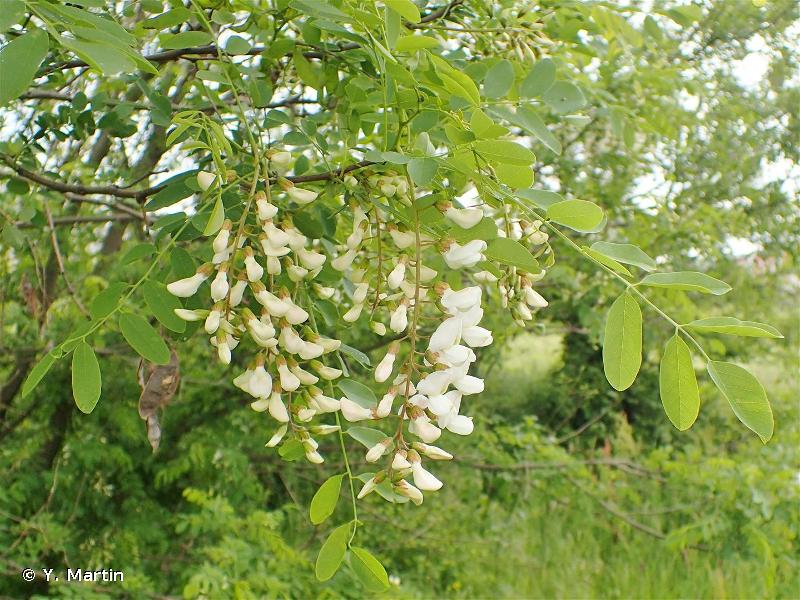
| Auteur : Y. Martin |
 |
Pour se procurer la photo originale ou demander une autorisation d'utilisation, consulter :
Yoan MARTIN
email : martin.yoan95@gmail.com
Malgré la licence Creative Commons, n'hésitez pas à informer l'auteur de l'utilisation qui sera faite de sa photo
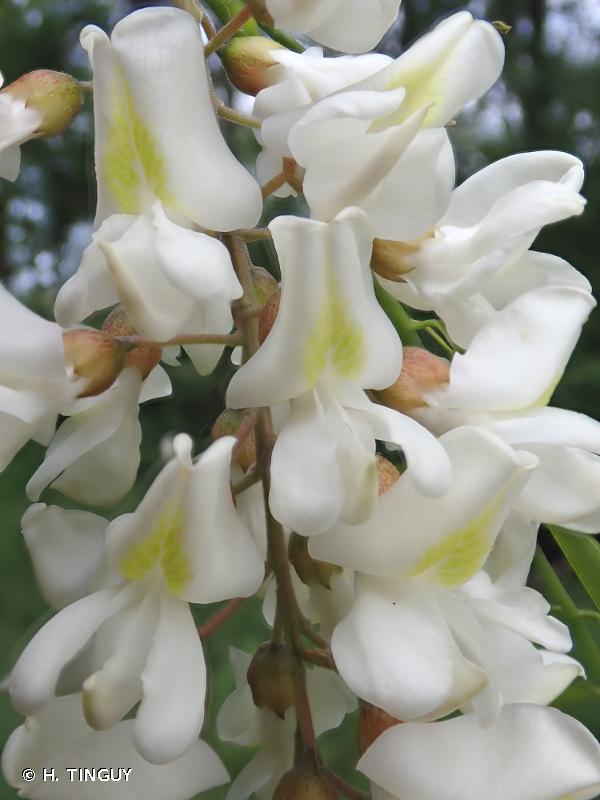
| Auteur : H. TINGUY |
 |
Pour se procurer la photo originale ou demander une autorisation d'utilisation, consulter :
Hugues Tinguy
email : inpn@mnhn.fr
Malgré la licence Creative Commons, n'hésitez pas à informer l'auteur de l'utilisation qui sera faite de sa photo
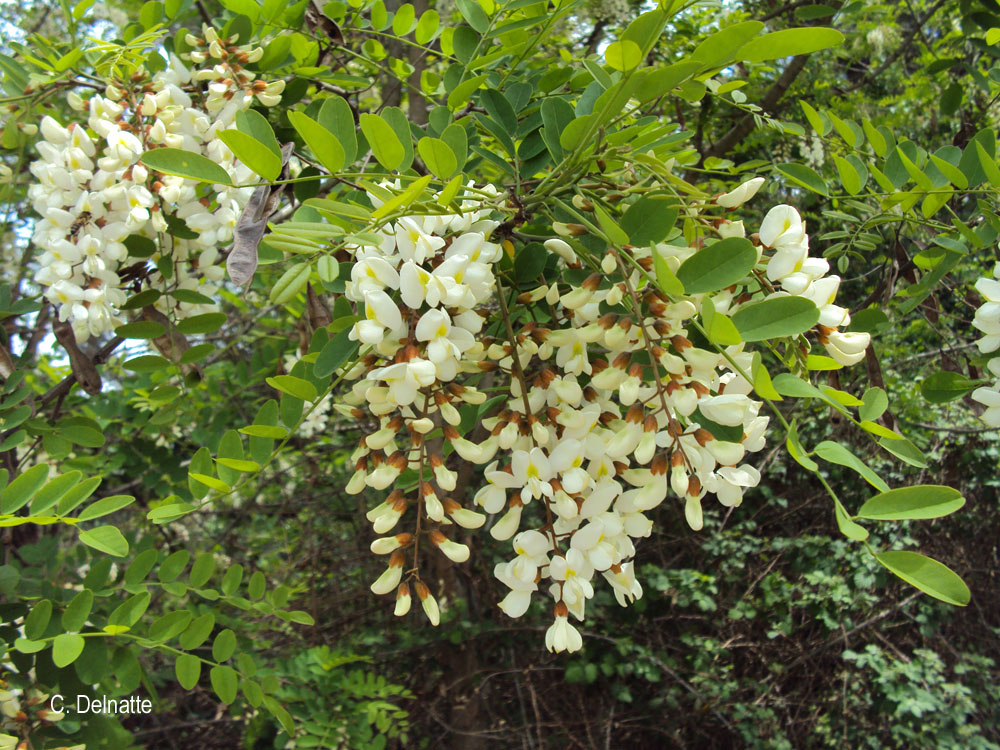
| Auteur : C. Delnatte |
 |
Pour se procurer la photo originale ou demander une autorisation d'utilisation, consulter :
César DELNATTE
Chargé de mission écologie végétale
DEAL Martinique
Pointe de Jaham – BP 7212
97274 Schoelcher Cedex
Tél : 05 96 59 58 55
GSM : 06 94 15 63 67
Toute réutilisation de la présente photographie doit faire l’objet d’une demande d’autorisation auprès de l’auteur.
Lien vers le code de la propriété intellectuelle (Legifrance)

| Auteur : Y. Martin |
 |
Pour se procurer la photo originale ou demander une autorisation d'utilisation, consulter :
Yoan MARTIN
email : martin.yoan95@gmail.com
Malgré la licence Creative Commons, n'hésitez pas à informer l'auteur de l'utilisation qui sera faite de sa photo
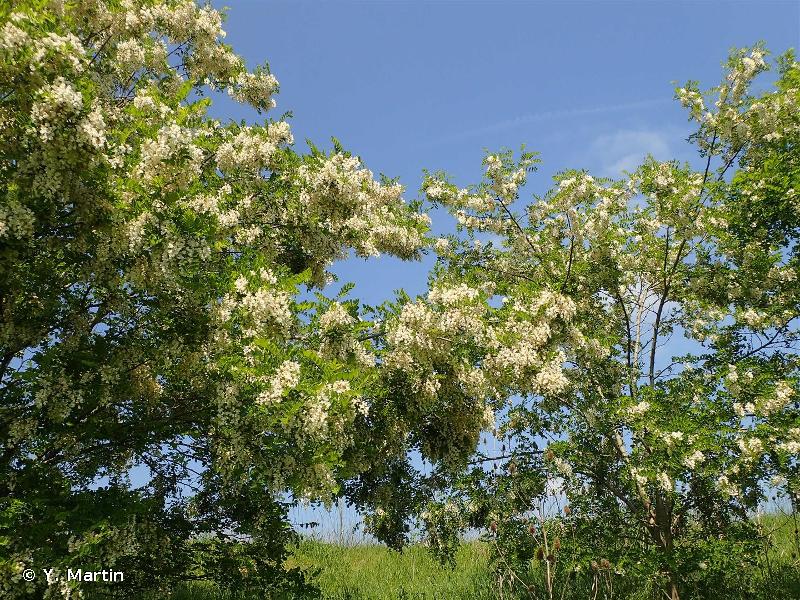
| Auteur : Y. Martin |
 |
Pour se procurer la photo originale ou demander une autorisation d'utilisation, consulter :
Yoan MARTIN
email : martin.yoan95@gmail.com
Malgré la licence Creative Commons, n'hésitez pas à informer l'auteur de l'utilisation qui sera faite de sa photo
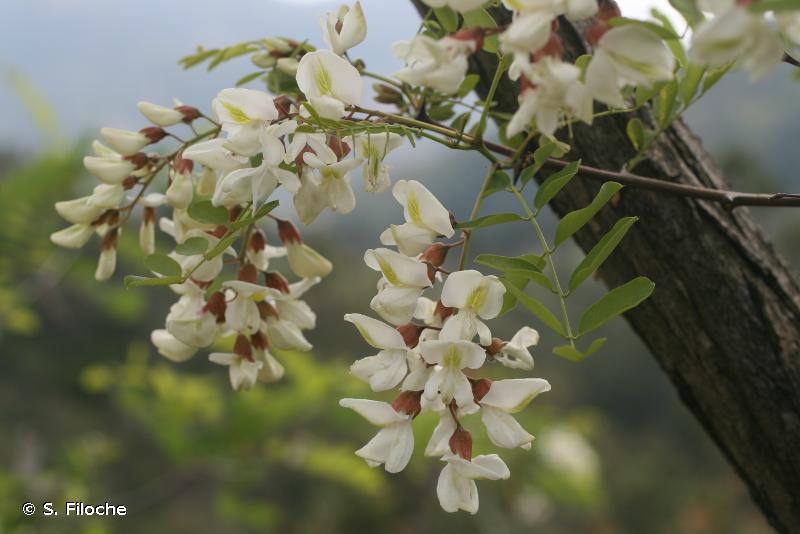
| Auteur : S. Filoche |
 |
Pour se procurer la photo originale ou demander une autorisation d'utilisation, consulter :
Sébastien Filoche,
CBNBP/MNHN
61, rue Buffon - 75005 Paris
email : inpn@mnhn.fr
Malgré la licence Creative Commons, n'hésitez pas à informer l'auteur de l'utilisation qui sera faite de sa photo
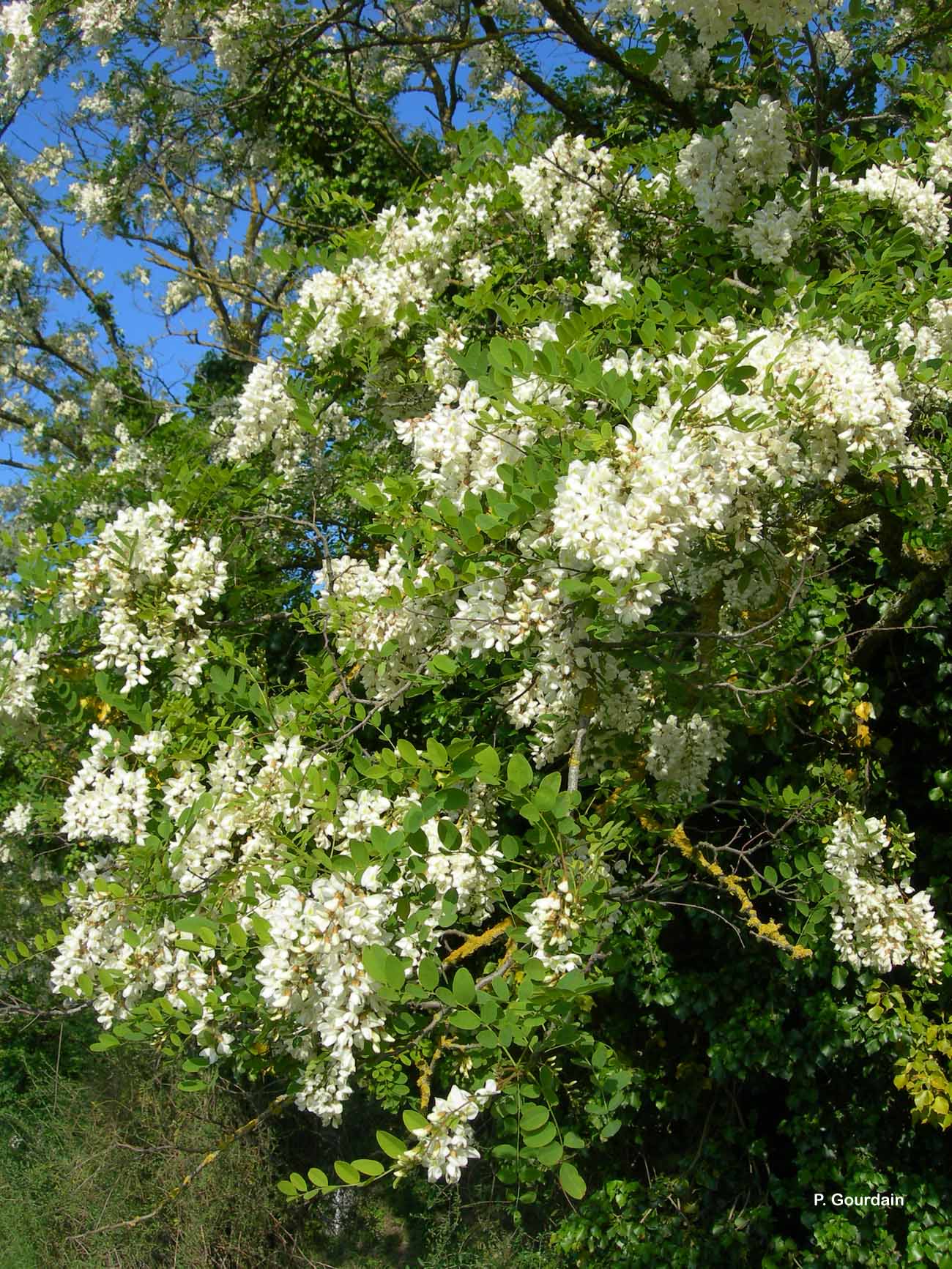
| Auteur : P. Gourdain |
 |
Pour se procurer la photo originale ou demander une autorisation d'utilisation, consulter :
Philippe GOURDAIN
Muséum national d'Histoire naturelle - Service du Patrimoine Naturel
36 rue Geoffroy Saint-Hilaire
CP 41
75 231 PARIS CEDEX 05
e-mail : inpn@mnhn.fr
Légende : Toulouse-Pech-David
Malgré la licence Creative Commons, n'hésitez pas à informer l'auteur de l'utilisation qui sera faite de sa photo
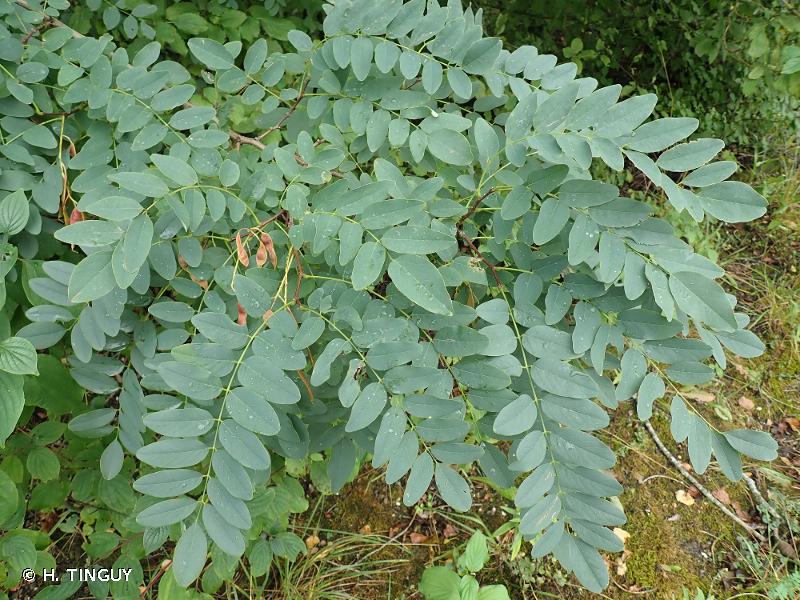
| Auteur : H. TINGUY |
 |
Pour se procurer la photo originale ou demander une autorisation d'utilisation, consulter :
Hugues Tinguy
email : inpn@mnhn.fr
Malgré la licence Creative Commons, n'hésitez pas à informer l'auteur de l'utilisation qui sera faite de sa photo
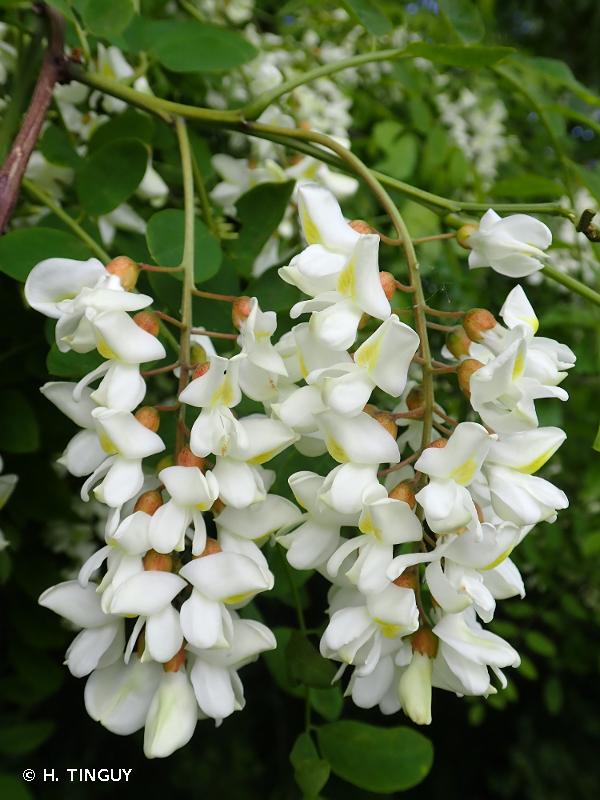
| Auteur : H. TINGUY |
 |
Pour se procurer la photo originale ou demander une autorisation d'utilisation, consulter :
Hugues Tinguy
email : inpn@mnhn.fr
Malgré la licence Creative Commons, n'hésitez pas à informer l'auteur de l'utilisation qui sera faite de sa photo
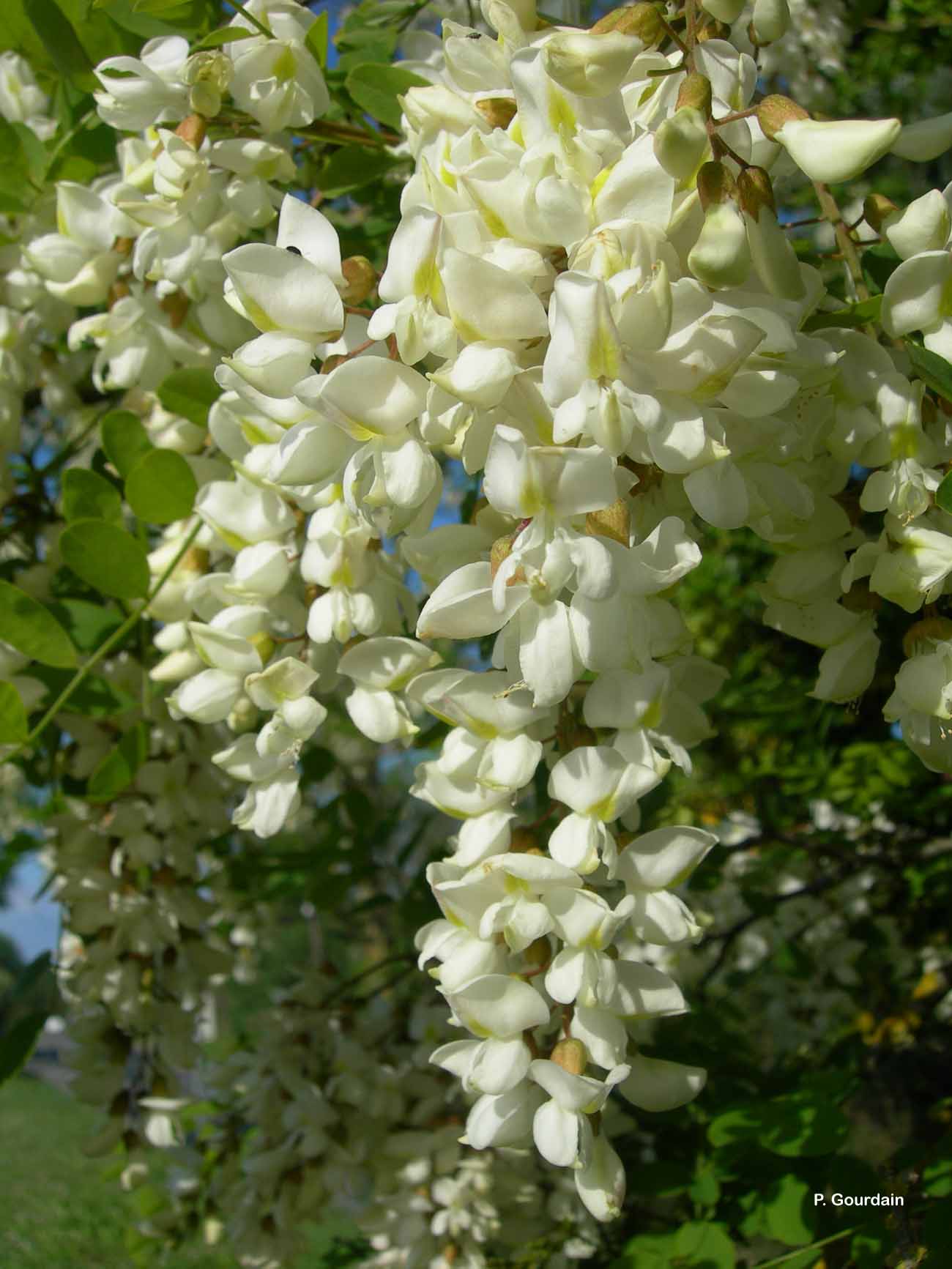
| Auteur : P. Gourdain |
 |
Pour se procurer la photo originale ou demander une autorisation d'utilisation, consulter :
Philippe GOURDAIN
Muséum national d'Histoire naturelle - Service du Patrimoine Naturel
36 rue Geoffroy Saint-Hilaire
CP 41
75 231 PARIS CEDEX 05
e-mail : inpn@mnhn.fr
Légende : Toulouse-Pech-David
Malgré la licence Creative Commons, n'hésitez pas à informer l'auteur de l'utilisation qui sera faite de sa photo
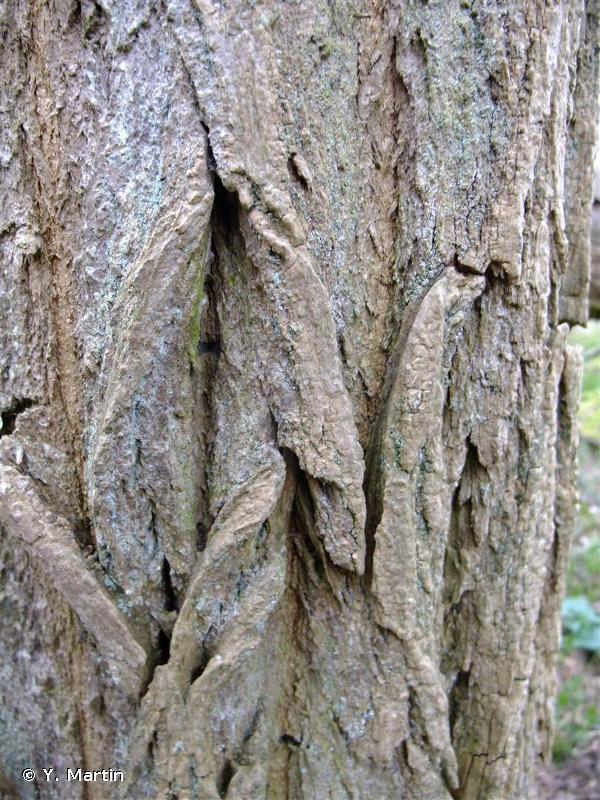
| Auteur : Y. Martin |
 |
Pour se procurer la photo originale ou demander une autorisation d'utilisation, consulter :
Yoan MARTIN
email : martin.yoan95@gmail.com
Malgré la licence Creative Commons, n'hésitez pas à informer l'auteur de l'utilisation qui sera faite de sa photo

| Auteur : Y. Martin |
 |
Pour se procurer la photo originale ou demander une autorisation d'utilisation, consulter :
Yoan MARTIN
email : martin.yoan95@gmail.com
Malgré la licence Creative Commons, n'hésitez pas à informer l'auteur de l'utilisation qui sera faite de sa photo
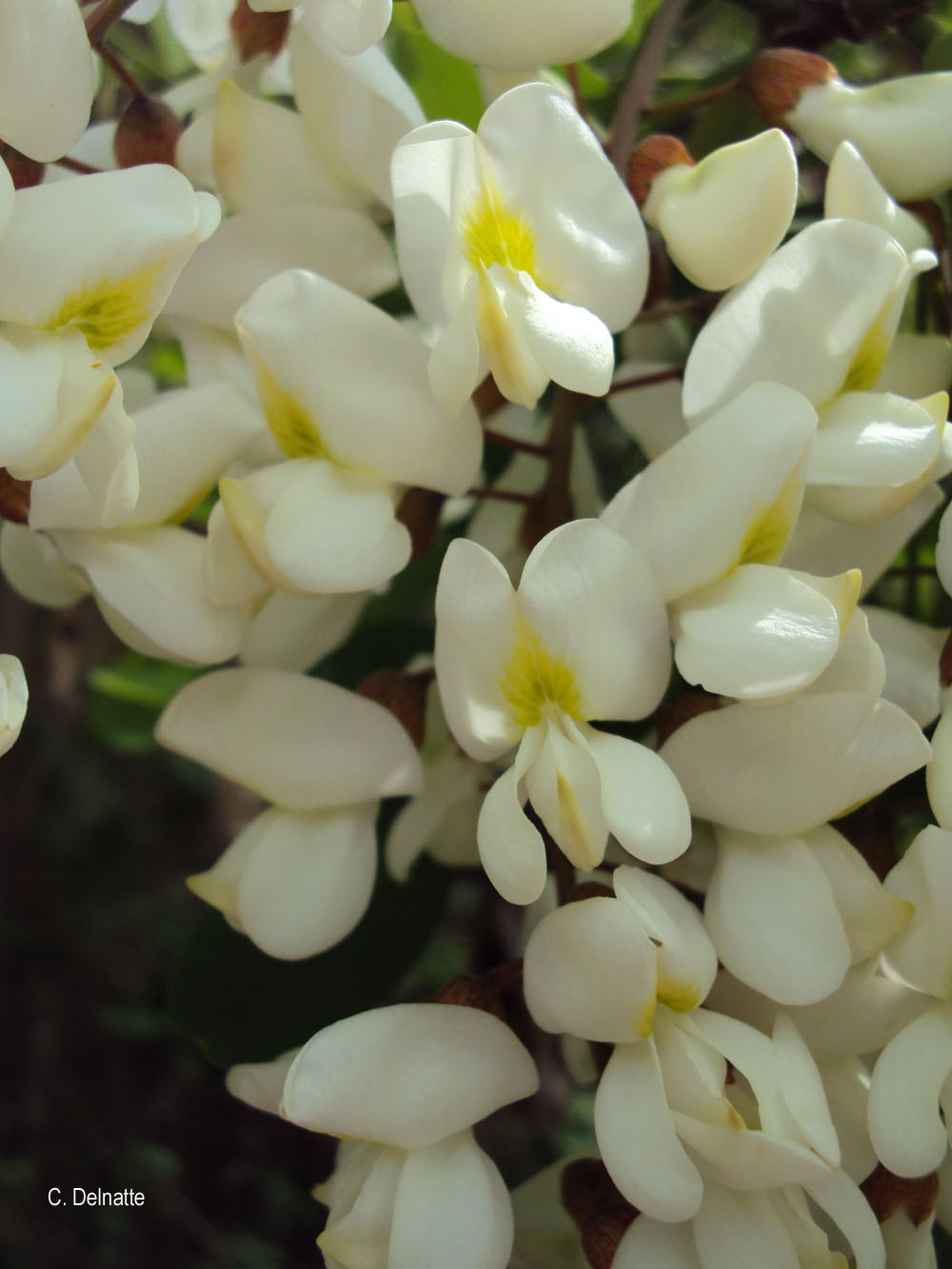
| Auteur : C. Delnatte |
 |
Pour se procurer la photo originale ou demander une autorisation d'utilisation, consulter :
César DELNATTE
Chargé de mission écologie végétale
DEAL Martinique
Pointe de Jaham – BP 7212
97274 Schoelcher Cedex
Tél : 05 96 59 58 55
GSM : 06 94 15 63 67
Toute réutilisation de la présente photographie doit faire l’objet d’une demande d’autorisation auprès de l’auteur.
Lien vers le code de la propriété intellectuelle (Legifrance)
Taille/poids :
Arbre : jusqu'à 30 m de hauteur, Grappe de fleurs : 10 à 20 cm de long
Diagnose :
Le Robinier faux acacia est un arbre de la famille des légumineuses (Fabacées). Ses fleurs papilionacées sont blanches, et regroupées en longues grappes pendantes. Ses fruits sont des gousses plates, de couleur sombre. Son bois est brun et lisse dans sa jeunesse, mais il devient rapidement gris clair et crevassé en réseau. Ses rameaux sont caractérisés par la présence d'épines. Les feuilles alternes sont composées de 3 à 10 paires de folioles ovales. L'arbre est caducifolié, il perd donc ses feuilles en hiver.
Détermination :
Simple
Période d'observation :
Observable toute l'année. Floraison de Mai à juillet.
Biologie-ethologie :
Espèce pionnière et héliophile, le Robinier faux acacia peut vivre entre 100 à 400 ans. Ses fleurs sont hermaphrodites et pollinisées par les insectes. Il se rencontre dans des milieux perturbés ou régulièrement remaniés : bords de route et de cours d'eau, voies ferrées, carrières, milieux agricoles, forêts. De manière plus spontanée, on le rencontre dans les pineraies ou les forêts mélangées. Grâce à ses racines et leurs nodosités à bactéries fixatrices d'azote atmosphérique, il enrichit le sol en nitrates et favorise une flore de sous-bois plutôt nitrophile, parfois au détriment de la flore autochtone. L'espèce produit une grande quantité de graines dispersées par gravité, mais leur taux de germination est assez faible. C'est donc la voie végétative qui est souvent privilégiée, l'arbre rejette de souche et drageonne, sa croissance est rapide, ce qui contribue à son caractère envahissant. Elle est d'ailleurs considérée comme espèce exotique envahissante.
Biogéographique et écologie :
Cette espèce a été introduite au début du XVIIème siècle, et vient d'Amérique de Nord. Cultivée ou naturalisée, on la rencontre partout en Europe, où elle est très fréquente, sauf en altitude.
Référence bibliographique : Rameau, J. C., Mansion, D., Dumé, G., Gauberville, C., Bardat, J., Bruno, E., & Keller, R. 2008. Flore Forestière Française, guide écologique illustré, tome 3 Région méditerranéenne. Ministère de l'agriculture et de la pêche. 2432 pp.
Oulès, E.(UMS 2006 Patrimoine Naturel (AFB / CNRS / MNHN)), 2015
continental
Métropole
Outre-mer
marin
Métropole
Outre-mer
